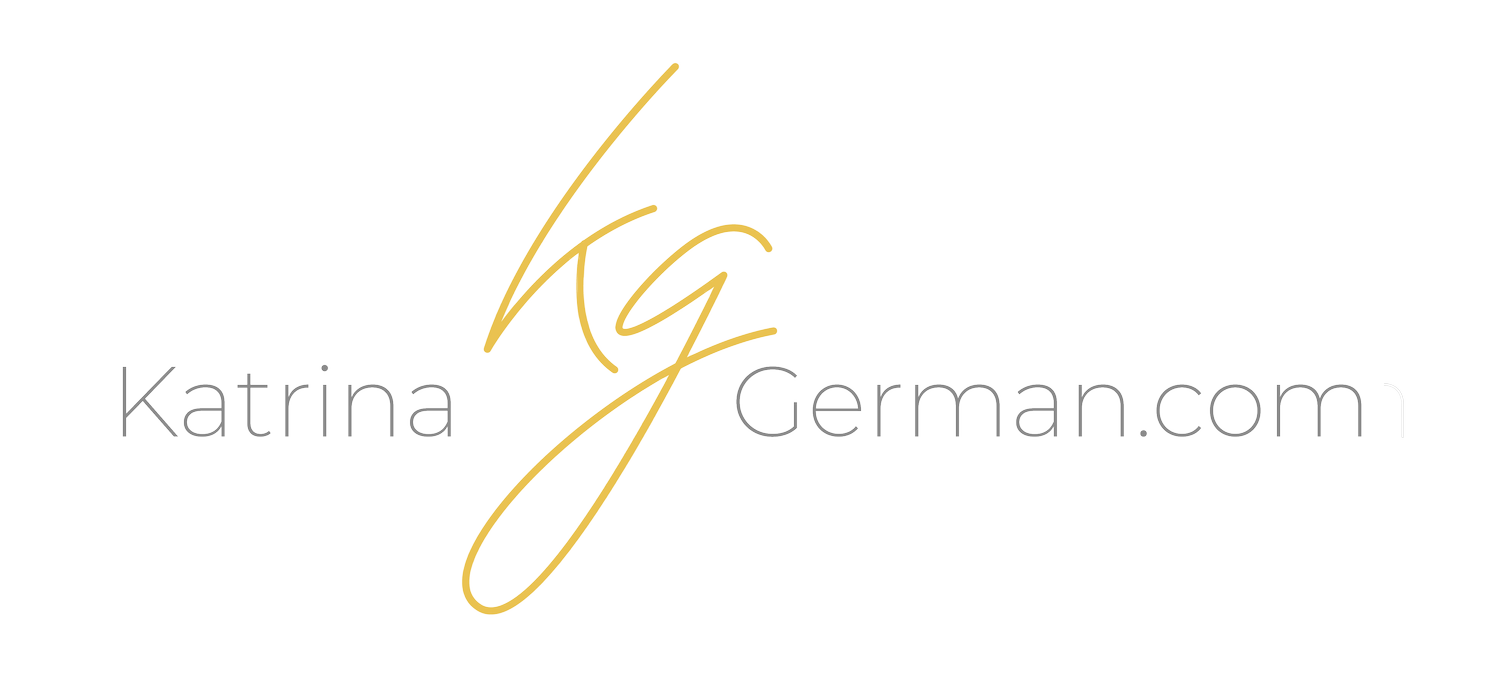7 Cybersecurity Tips for Businesses
There are an estimated 2,000 cyber attacks every day. These attacks can destroy a business.
While we’re not a cybersecurity company, we know it’s a big challenge facing the online world. As people who create digital content for clients, it’s our responsibility to keep an eye on this for them (and ourselves).
If you’re managing the communications for your company, running a digital marketing firm, or dealing with the Internet in your day-to-day travels, here are some high-level tips to help keep you and your company safe!
Common Types of Cyber Attacks
Phishing, where attackers send fraudulent emails to trick employees into revealing sensitive information or clicking on malicious links.
Ransomware, which locks up a company’s data and demands payment for its release.
Distributed Denial of Service (DDoS) attacks flood a company’s servers with traffic, making their services unavailable.
Malware, similar to viruses and spyware, can infect systems and steal data or cause damage.
Insider threats where current or former employees misuse their access to harm a business.
These sound scary, but you can protect yourself through a series of simple actions.
Create strong passwords.
This is the first thing to think about. A strong password has the following characteristics:
At least 12 characters long, but 14 or more is better.
A combination of uppercase letters, lowercase letters, numbers and symbols.
Is not a word that can be found in a dictionary or the name of a person, character, product or organization.
Is significantly different from your previous passwords.
2. Utilize 2-factor authentication.
2-factor authentication sends a code to your phone number or email to verify it’s you when you try to sign into an account. Can it be a bit annoying to track down the code? Yes. However, this is a surefire way to ensure no one breaches those accounts.
3. Limit the amount of personal information you share online.
With the rise of social media and online social networking, it can be difficult to abide by this one. However, the less someone knows about you from your accounts and profiles, the better.
If you are sharing information online, I’d opt to keep personal accounts private and ensure your private settings are on.
4. Use antivirus software.
There are free and paid options out there that protect your personal, business, and client information from security breaches and attacks. It’s as simple as subscribing, downloading, and letting it work its magic.
5. Hire a cybersecurity company.
If you have the means to hire out, it’s certainly a fantastic option. There are many options based right here in Saskatchewan!
SaskTel offers some services
6. Don’t click on suspicious links.
Sometimes you’ll receive a text or email that seems legitimate, but something about it gives you pause. Here’s how to spot suspicious links:
Hyphens and symbols are common
Domains that are entirely numbers
Shortened URLs can mask another link
Scammers are getting better at disguising their efforts. If you’re not sure, don’t click it.
7. Utilize tech tools!
This one’s for our digital marketing friends. We deal with a long list of passwords in our daily travels. Between our clients’ login information and ours, it’s hard to know how to keep it all safe and updated.
I can recommend two fantastic tech options:
Leadsie. With this tool, you can select the accesses you need your client to grant you, and Leadsie wraps them up neatly into one link. You send this link to the client, and they just have to follow a few simple steps. This way, no password sharing has to take place and you save time and effort.
LastPass allows teams to store and share passwords securely. Keep everything in one safe place and avoid the annoyance of getting locked out of accounts.
Your cybersecurity practices could make or break your business. I hope these recommendations help you stay safe and breathe easy!

